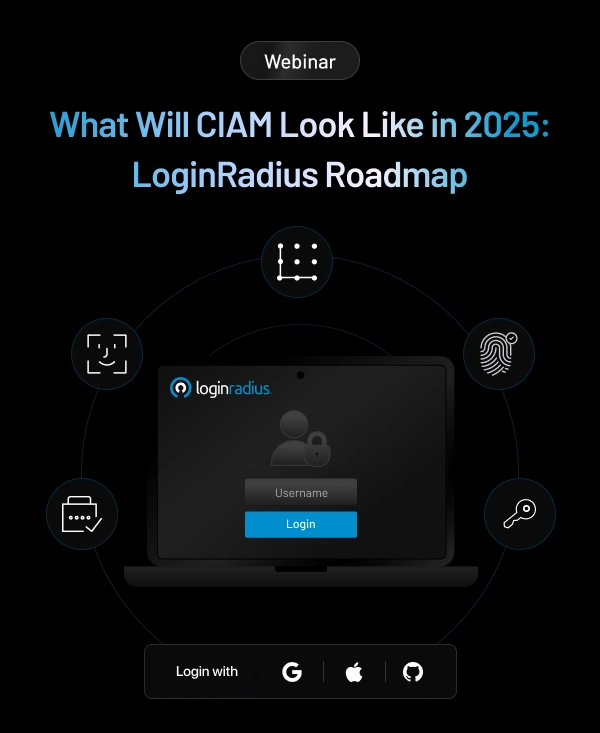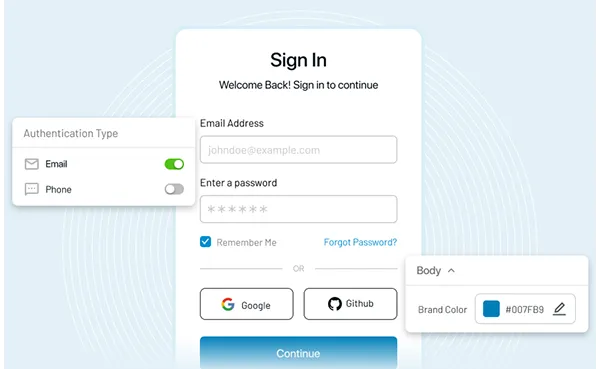Introduction
Any interaction between a user and a company requires a layer of authentication. It includes anything from signing up for an account with a website or app, making payments, to accessing personal data. Customer authentication has increased in prominence with the surge in digital identities and stringent security regulations. These factors are opening up avenues for new and innovative business opportunities for stakeholders across the globe.
The Cost of Data Breach in 2021
According to IBM’s Cost of a Data Breach 2021 report, the money lost increased from $3.86 million to $4.24 million, the highest average in 17 years. Remote work due to COVID-19 is the main factor that increased this cost.
Compromised credentials were responsible for 20% of breaches. Artificial intelligence in automation and security provided considerable cost mitigation, up to $3.81 million less than organizations without it. However, those with a mature zero-trust approach experienced an average cost of a breach of about $1.76 million which is less than organisations without zero trust.
The Future Trends in Consumer Authentication
A look into the near future will show that the need for authentication systems will only keep growing and gaining more importance in everyday life.
1. Adaptive multi-factor authentication
If you are serious about protecting your accounts, then multi-factor authentication is the best option. MFA requires additional verification factors rather than asking for a username and password to reduce the cyber-attack up to an amount. One of the most common multi-factor authentication factors is the One-time-password digital code received via email or SMS.
Adaptive authentication, as one of the customer authentication future trends, uses user login details such as login time, browsers, devices, and location to know how genuine a login attempt is. If something is suspicious, the system will prompt the user with MFA to authenticate.
2. Static Biometric authentication
Biometric authentication verification is a popular and user-friendly method. According to the global biometrics market report 2021, the United States biometrics market is estimated to be at $5.7 billion in 2021. China, at the second place, has been forecasted to reach the estimated size of $7.3 billion in 2026, trailing a CAGR of 18.7%.
Here’s how you can implement biometric authentication into your system:
- Fingerprint recognition: Compares known and unknown fingerprints to find whether it is from the same person or not. Many techniques and systems are there to match fingerprints and solve problems.
- Iris recognition: Every single person in the world has a unique iris pattern. This iris pattern, processed with image processing techniques is used for authentication.
- Palm recognition: When the palm is scanned with infrared sensors, the output is a copy of blood vessels. Authentication is confirmed based on machine learning algorithms.
- Voice recognition: The vocal input, analog data are taken in and converted into digital data. The comparator checks the stored patterns with the output of the A/D converter to confirm the authentication.
- Face recognition: The captured face image details like alignment, size, and shape of the face are analysed and processed with deep learning techniques.
3. Behavioural biometrics authentication
The next customer authentication future trend is behavioural biometrics authentication. This authentication method identifies a user based on unique patterns exhibited during interaction with the device. Behavioural biometrics analyses the person's device using behaviour, typing speed, mouse usage, and the speed of entering the password. Like this, more advanced practices make better security and accuracy.
Behavioral biometrics is popular in the finance and banking industries, as customer information is sensitive and confidential.
4. Certificate-based authentication
The certificate-based authentication method identifies users or devices using digital certificates. A digital certificate contains the user's digital identity, including a public key and the digital signature.
During the sign-in time, the server verifies the reliability of the digital signature and the private key associated with the certificate.
5. Cloud authentication services
Authorized users across many networks and continents can securely access the information stored in the cloud with the authentication provided by cloud-based services.
Authentication-as-a-Service or AaaS provides unique, secure, distributed authentication and a smooth and streamlined experience.
As another customer authentication future trend, cloud-based authentication uses Single Sign-On strategies that allow users to access resources through different devices connected to the cloud. With cloud-based authentication, the business can leverage many more comprehensive features across many devices without reducing the quality of user experience.
Conclusion
Organizations need to enlarge and modify their capabilities to take control of security more efficiently in this new environment. Identity platforms like LoginRadius provide customer registration, SSO, MFA, directory services, user management, and data access governance to help companies achieve top-notch for their consumers.

















